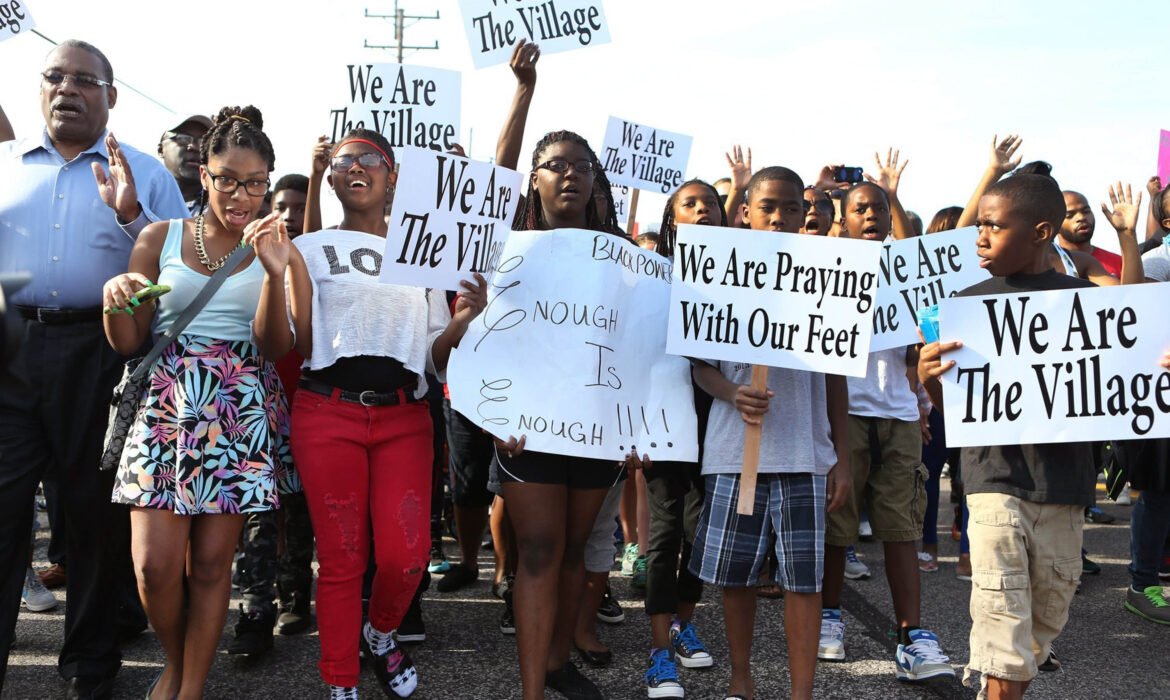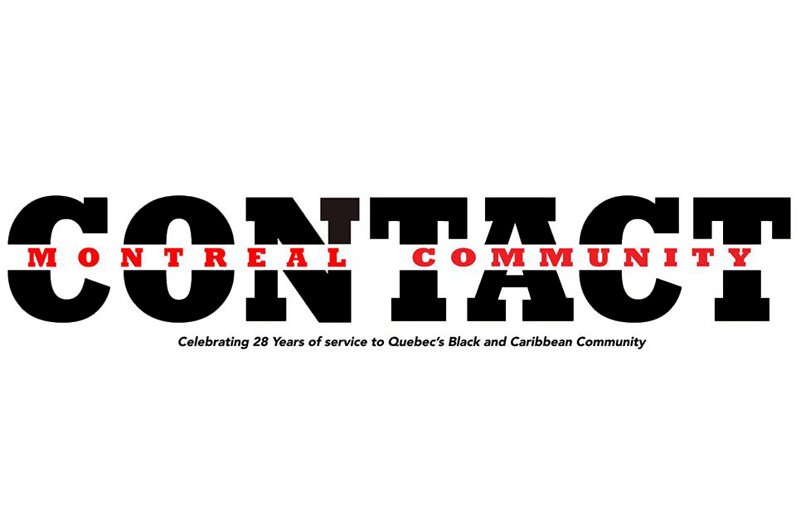As an isolated incident, the shooting death of 18-year-old Michael Brown by a police officer last month was a tragic and reprehensible event.
But as sad as it is to have reached this point only after the death of a young man, Brown’s death has thrust the searing injustice Blacks in St. Louis County have been forced to endure into the national and international spotlight.
Brown was shot and killed August 9, outside an apartment complex. His mother said he was on his way to his grandmother’s house. He was unarmed.
The statistics that have been dug up by U.S. reporters since the shooting are staggering: the residents of Ferguson are 67 per cent Black, but the local government doesn’t reflect that reality – the mayor, chief of police and five of six council members are white, according to news website Vox.
And NPR has reported that in 2013, the municipal court in Ferguson, population 21,135, issued 32,975 arrest warrants for non-violent offences. Why is that significant? Those warrants are issued to people who are accused of offences such as driving violations but can’t pay the court fines and fees. And – you guessed it – 86 per cent of motorists stopped by police in the city are Black.
Thomas Harvey heads the ArchCity Defenders, a group that provides legal services to the poor in the St. Louis area. The numbers in the NPR story come from a report he authored. Harvey says the people his organization serves, especially those living in Ferguson, have the impression that the fines and fees are something of a poor tax. Last year, Ferguson collected $2.6 million in court fines and fees, the city’s second-highest source of revenue. It collected $20 million for the year.
“Folks have the impression that this is a form of low-level harassment that isn’t about public safety. It’s about money,” he said.
The Washington Post has found that at least five current and one former member of the city’s police force have been named in five civil lawsuits alleging excessive use of force. The accusations include: “killing a mentally ill man with a Taser, pistol-whipping a child, choking and hog-tying a child and beating a man who was later charged with destroying city property because his blood spilled on officers’ clothes,” the article reads.
One officer was not held liable and the department was ordered to pay a settlement. The other four are pending. All but one of the alleged victims in the cases was Black.
In the wake of the shooting, a wave of probes at various levels of government have been opened, including a grand jury to determine the fate of Darren Wilson, the officer who shot Brown, and a review a program that gives police officers access to surplus military equipment.
But most recently, U.S. Attorney General Eric H. Holder Jr. announced September 4 that a civil rights investigation will look into the actions of the Ferguson, Mo. police force in the years leading up to Brown’s death.
Holder visited Ferguson after the shooting and subsequent protests and confrontations with police made headlines around the world, and said the decision to investigate the force stemmed from that trip.
“These anecdotal accounts underscored the history of mistrust of law enforcement in Ferguson,” Holder was quoted as saying in the New York Times.
The inquiry will look into many of the issues brought up by news outlets, including traffic stops and whether they are racially motivated and the use of excessive force by police officers.
There have been 20 similar investigations during Holder’s tenure as attorney general. Possible outcomes include voluntary policy changes or agreements that give the federal government oversight over a police department, reported the Times.
In the weeks following the shooting, Holder told college students in suburban St. Louis that “change is coming.”
Whether that promise materializes remains to be seen.














1 Comment
Jarred September 28, 2014 at 4:52 pm
its a shame that something like this can still be happening in 2014.